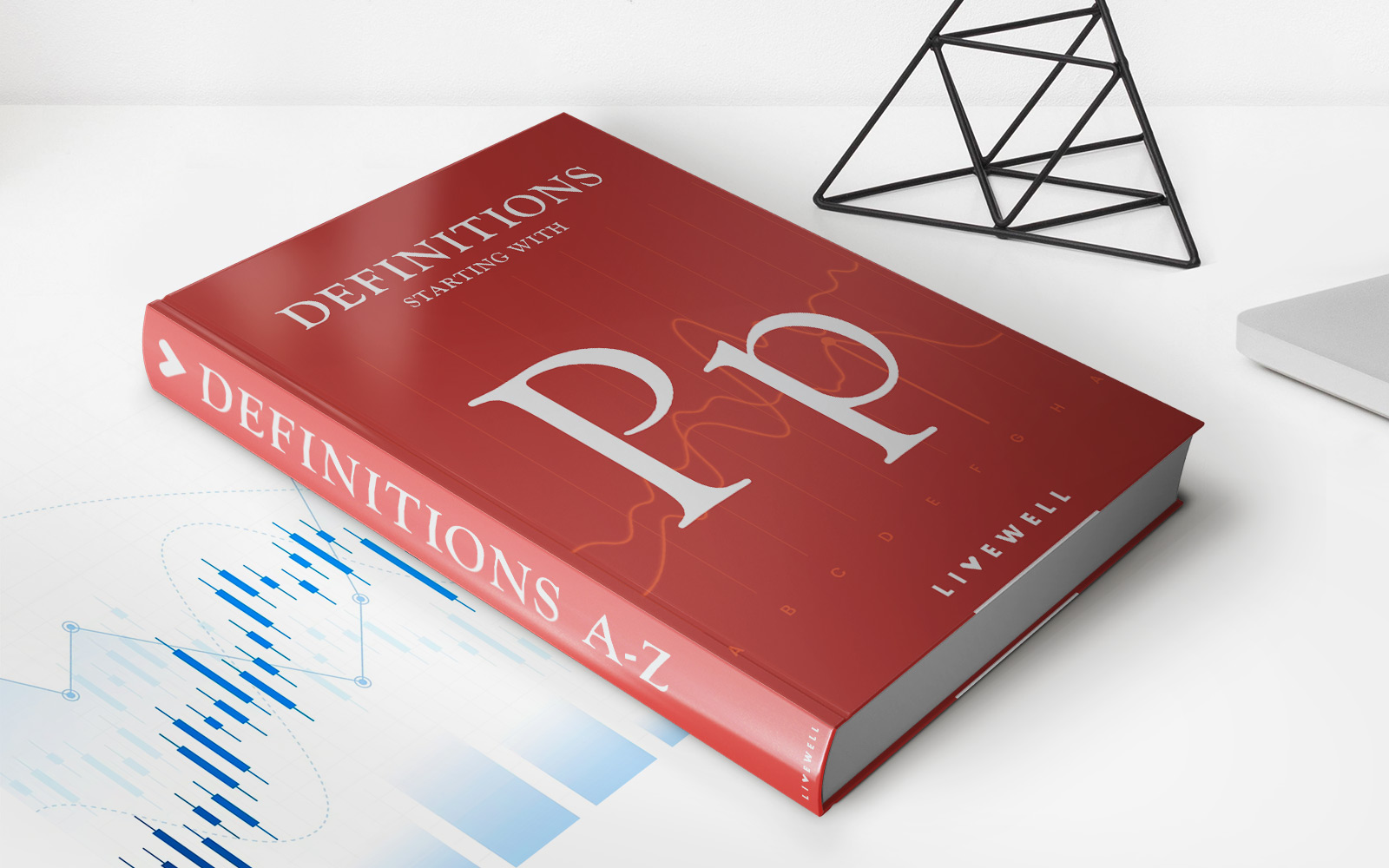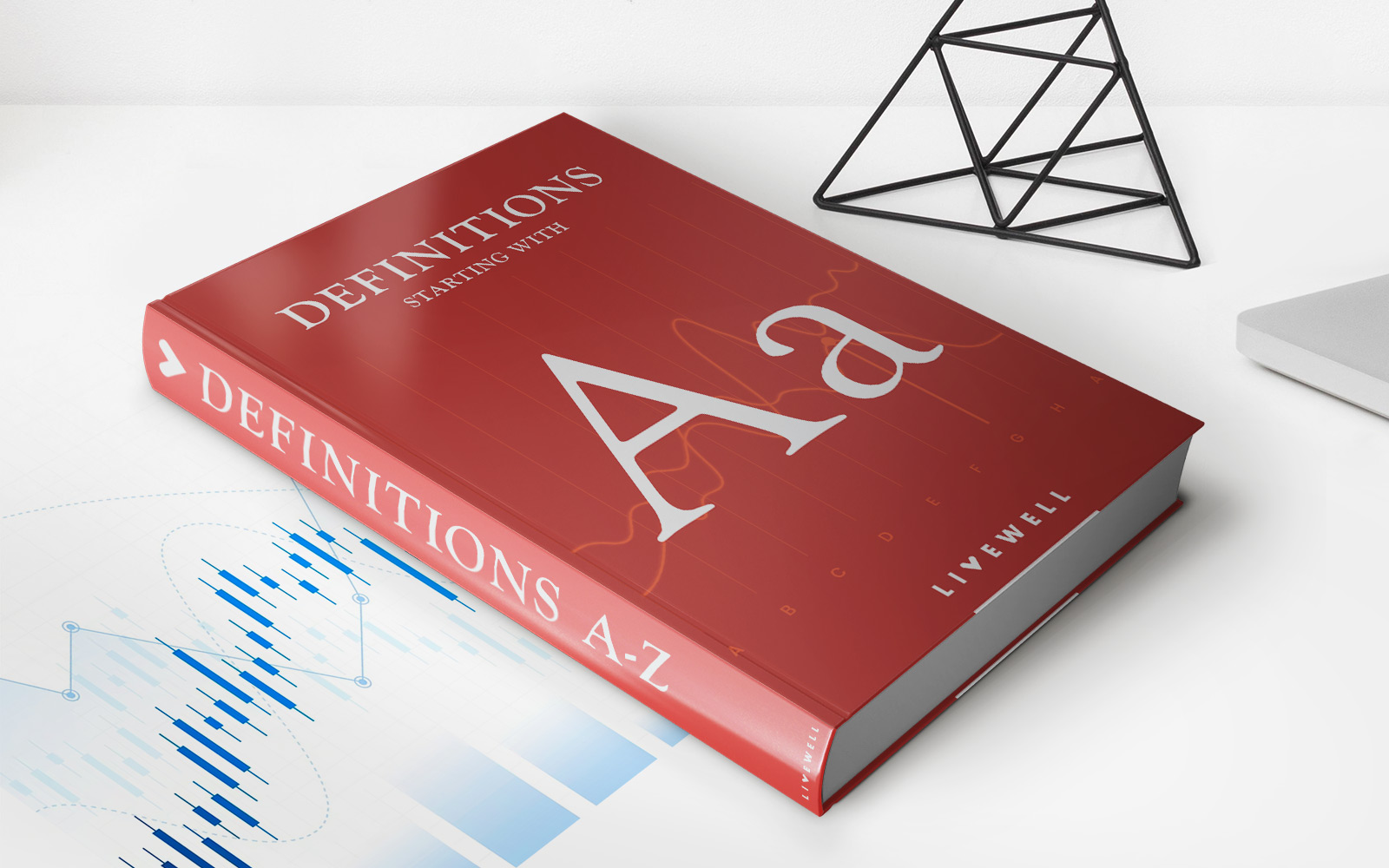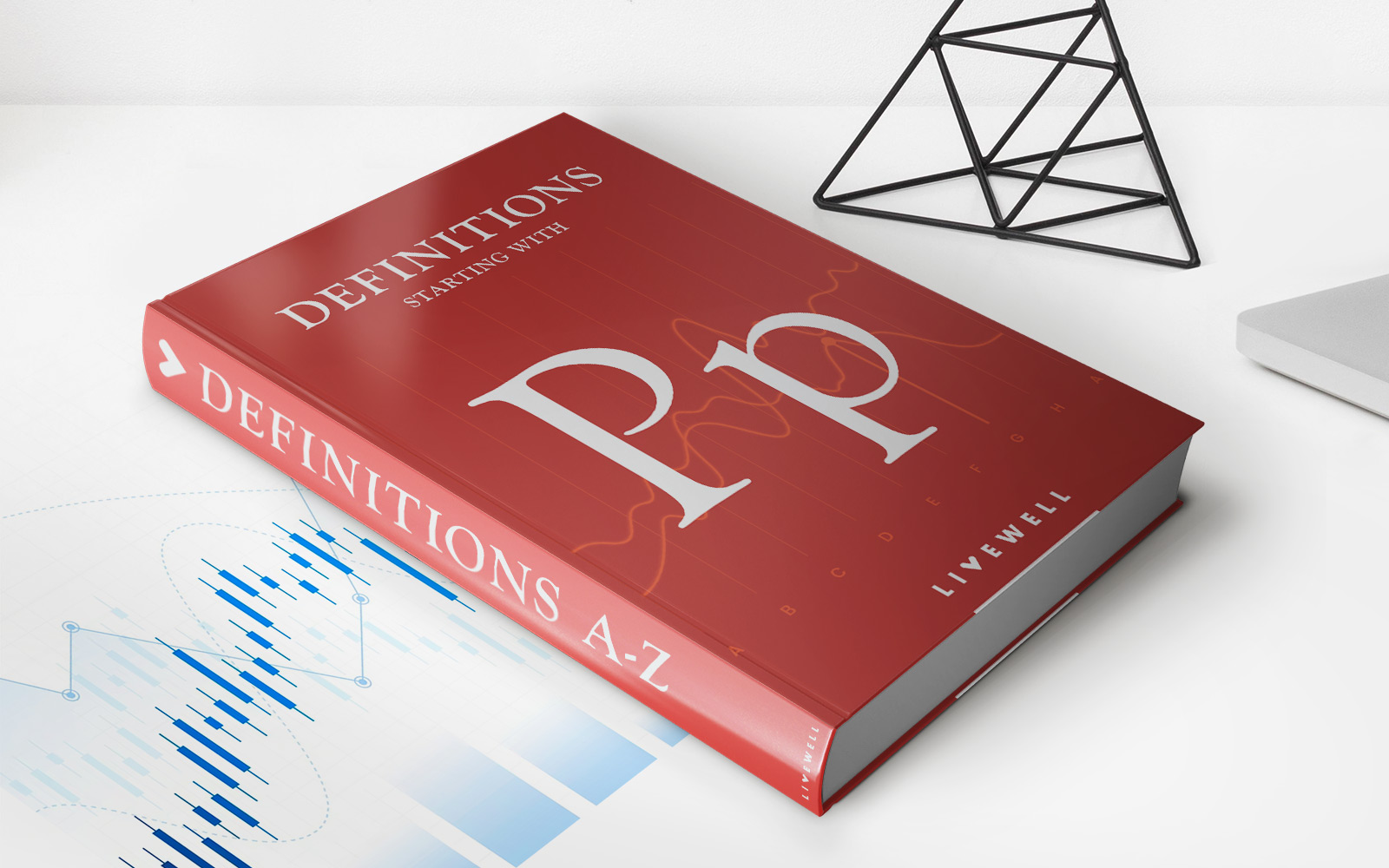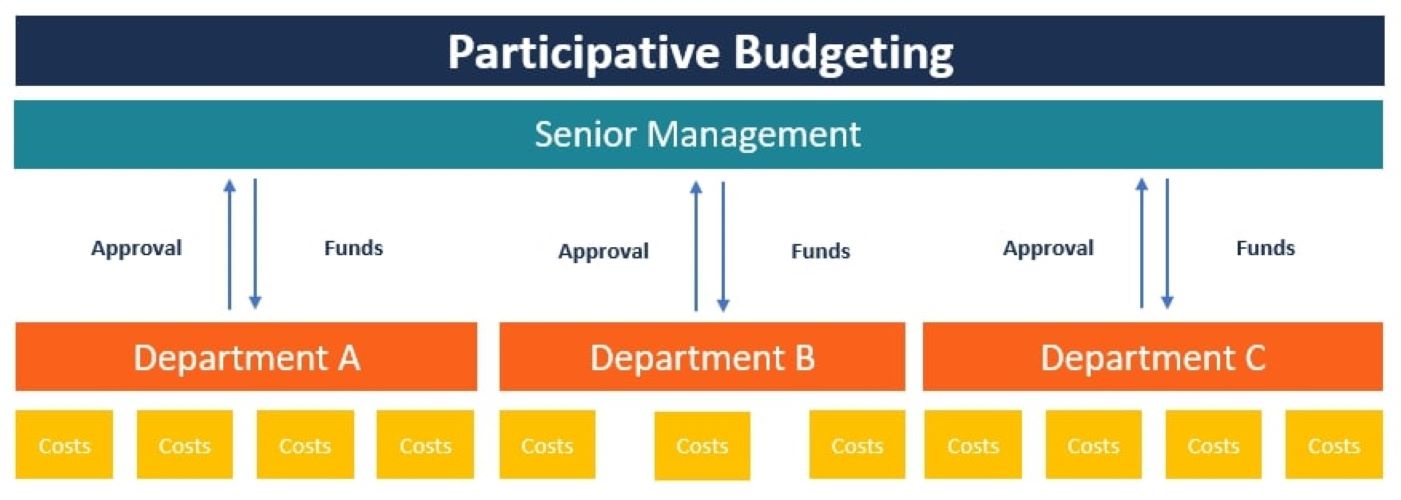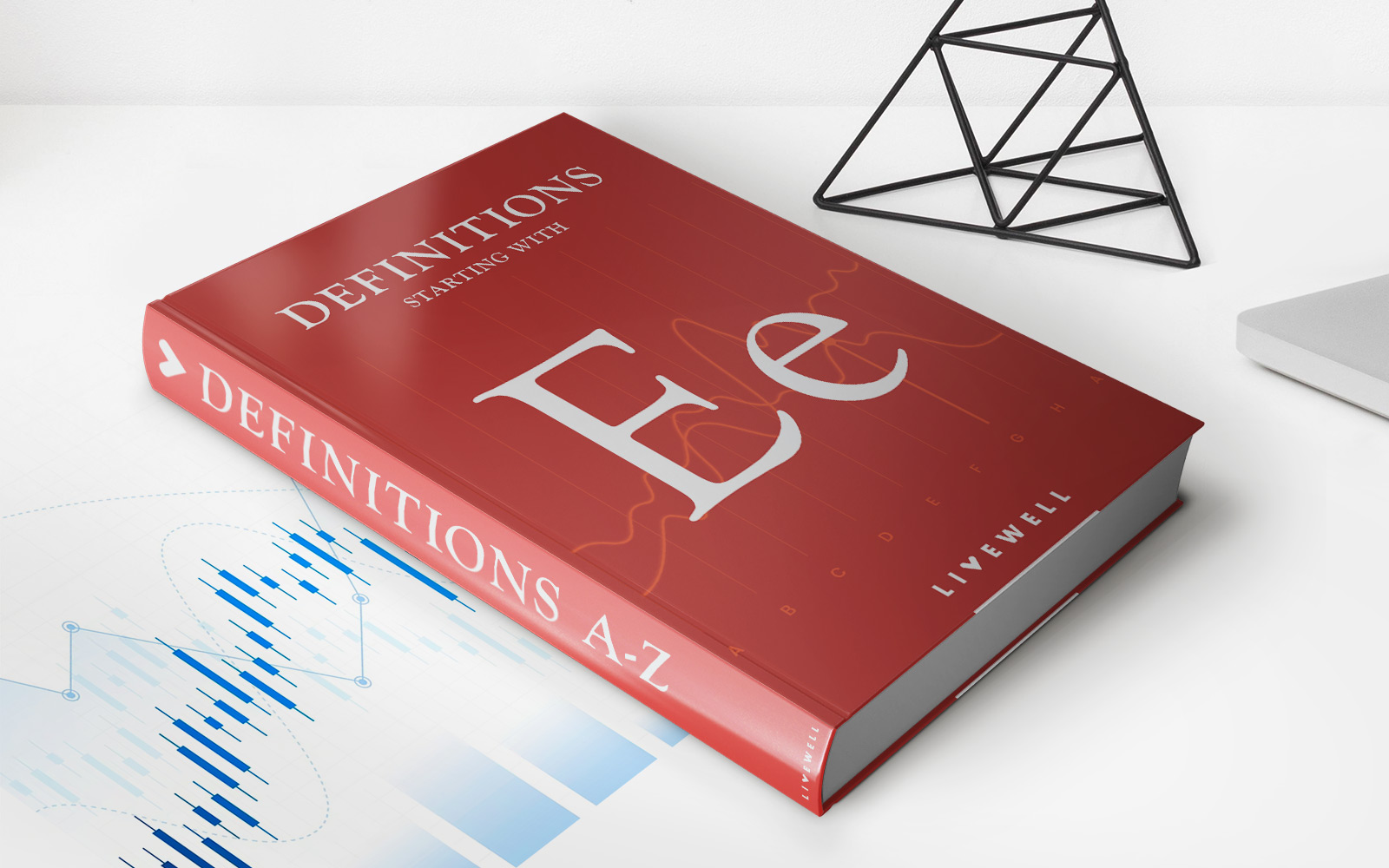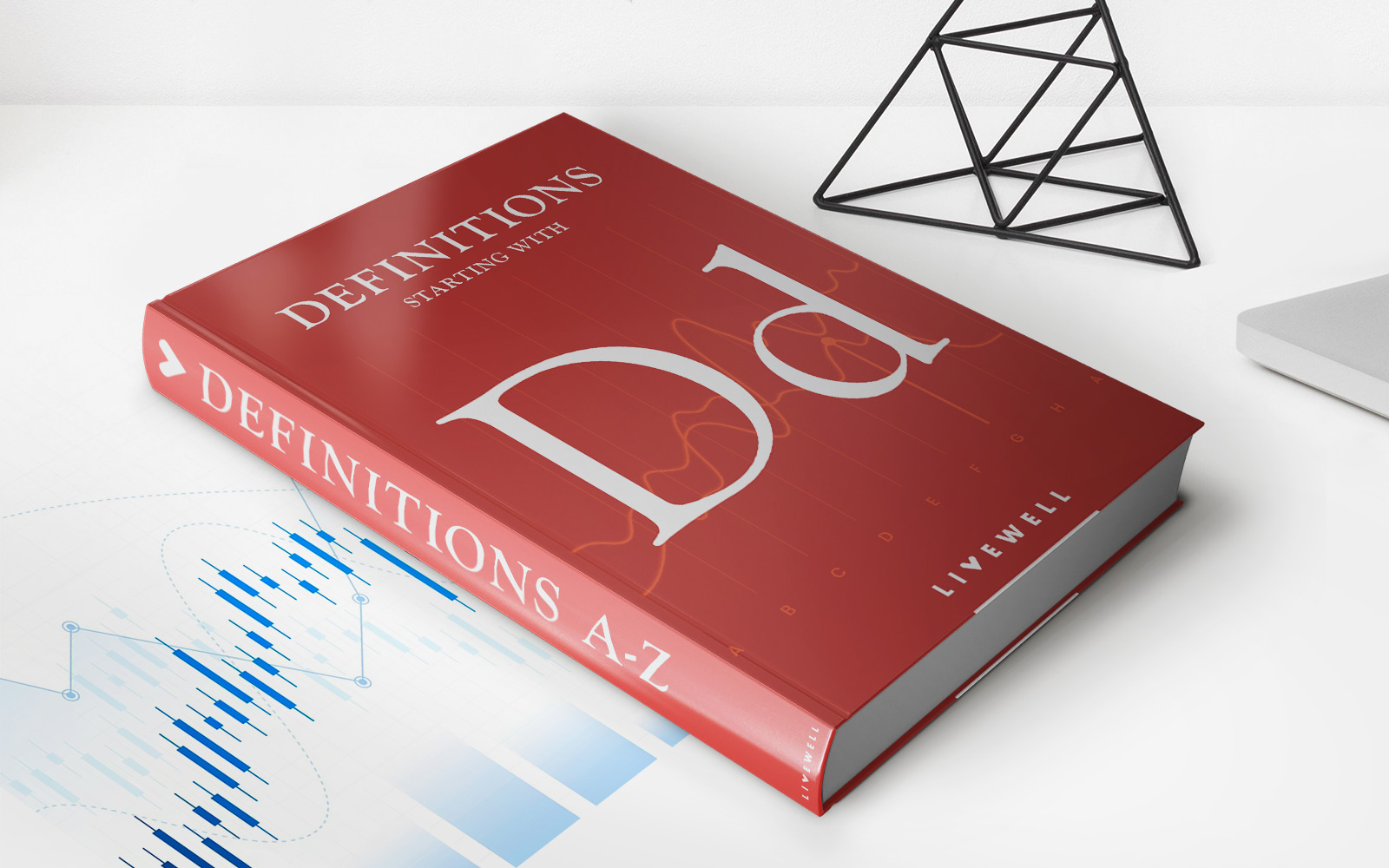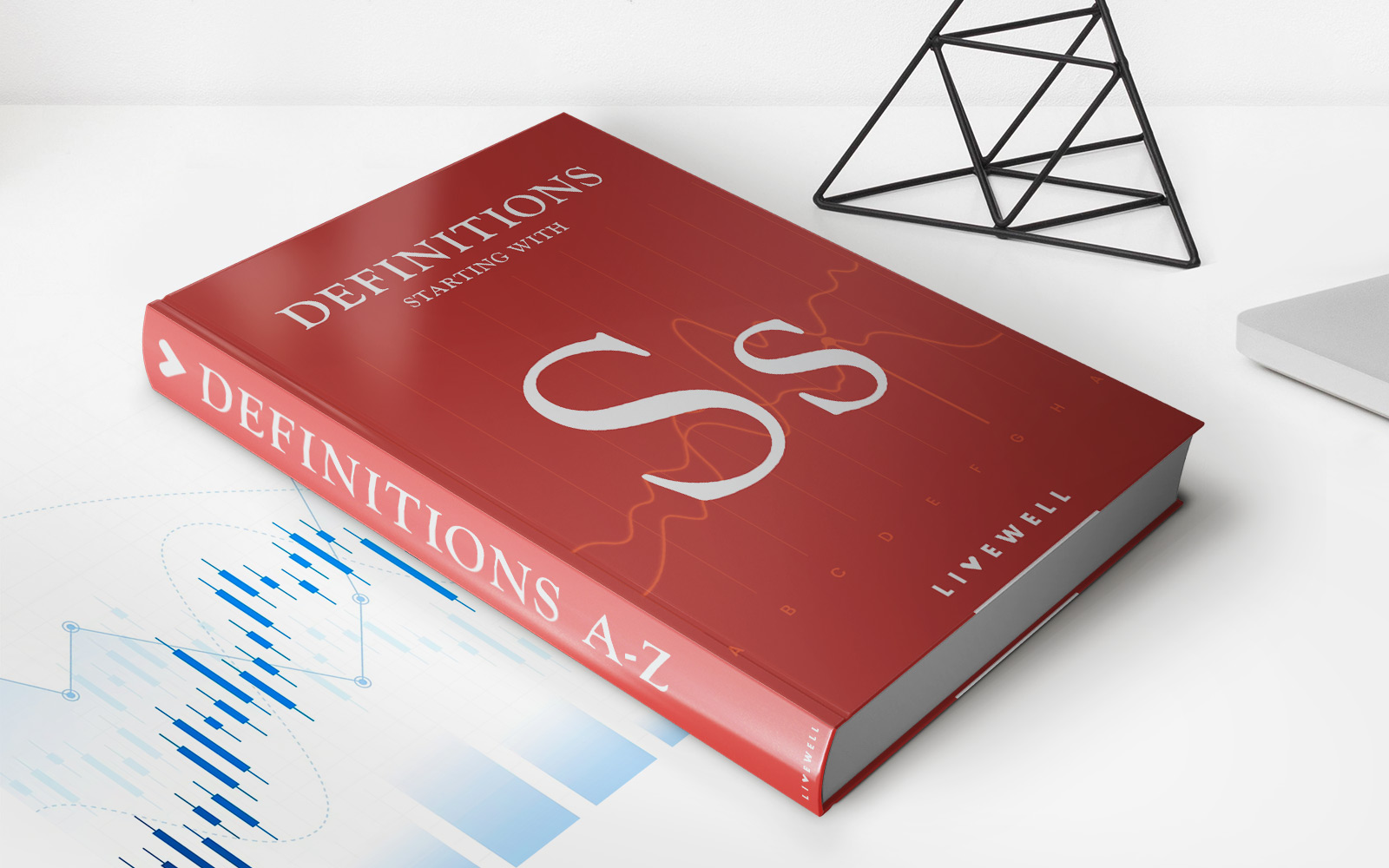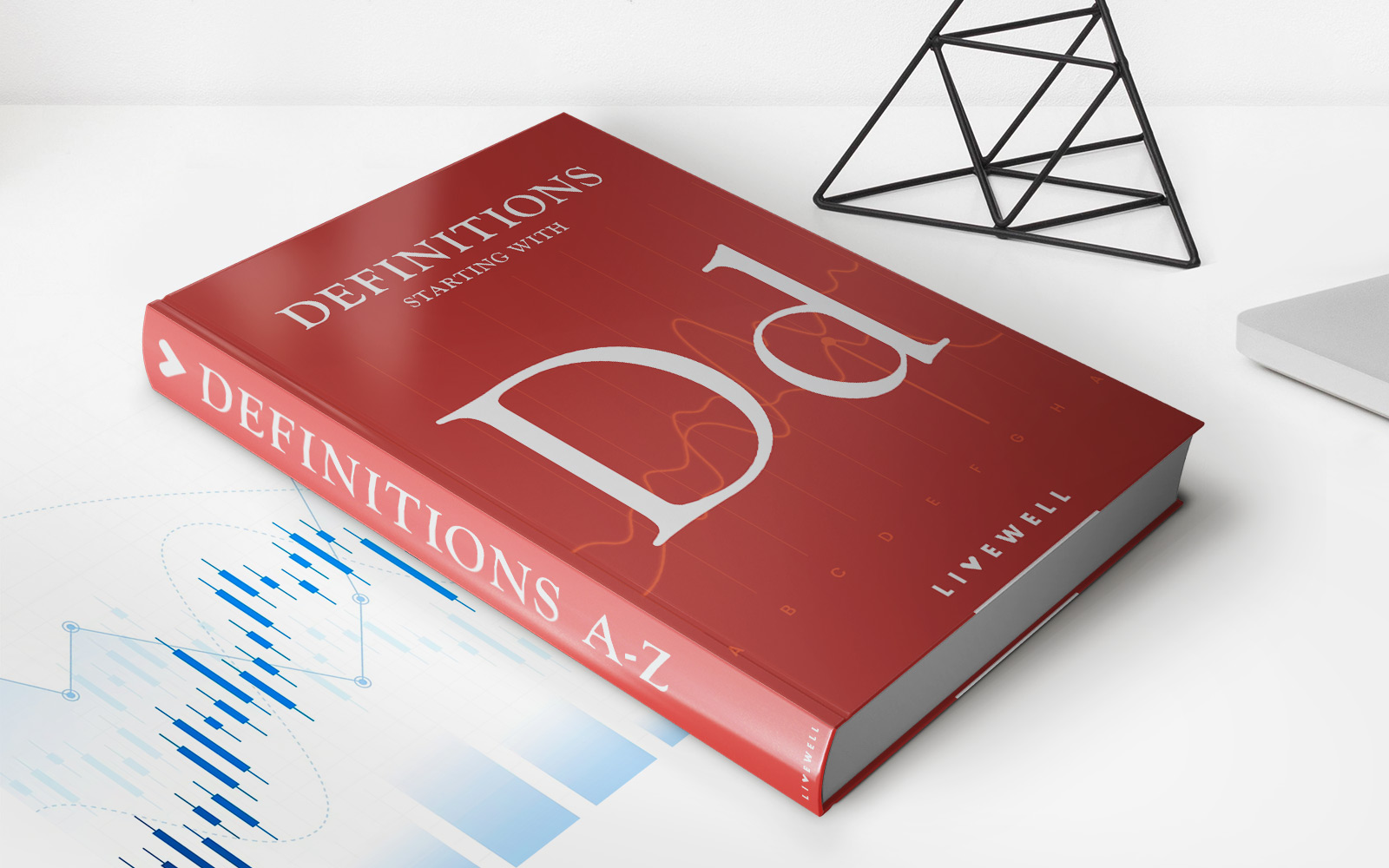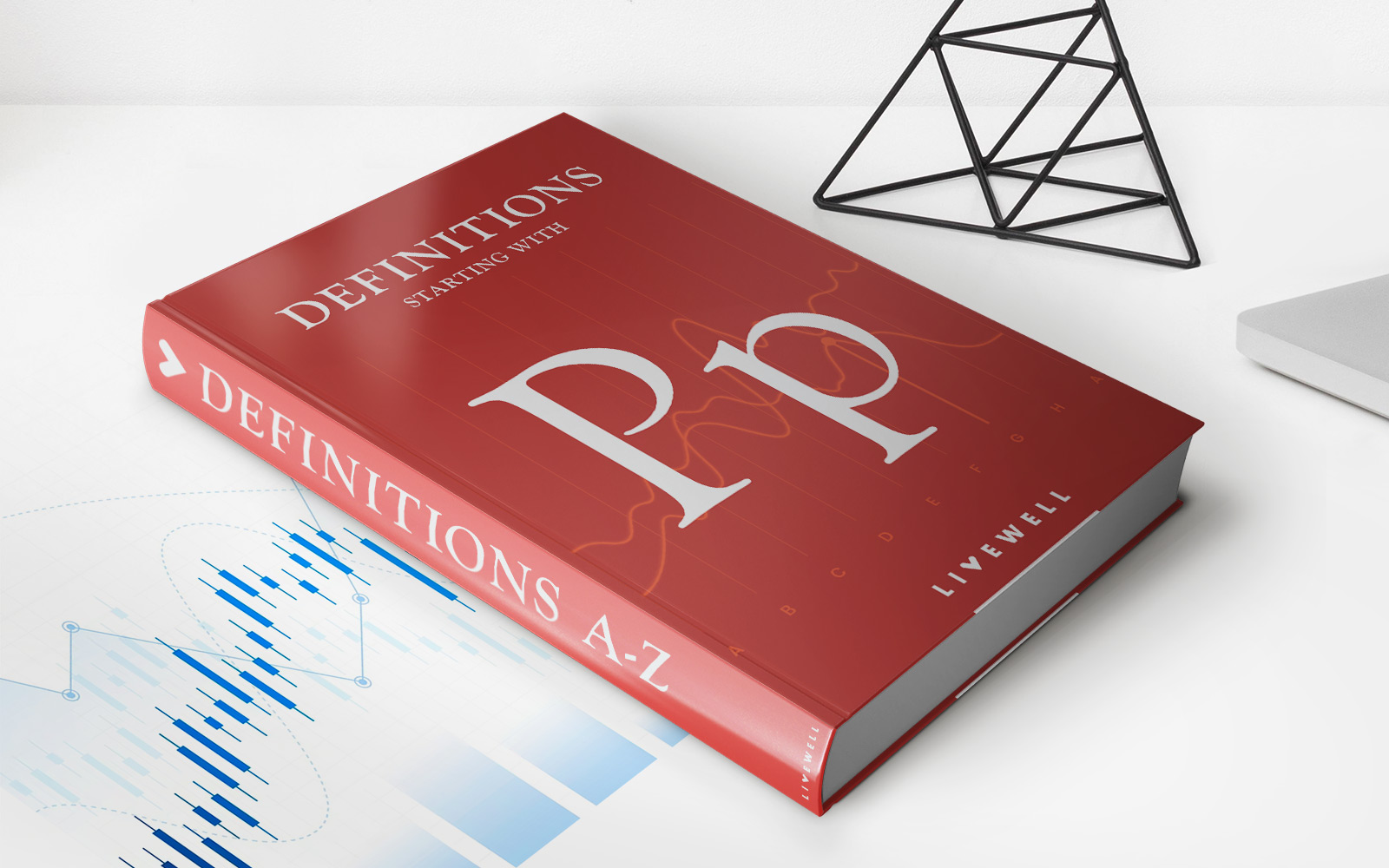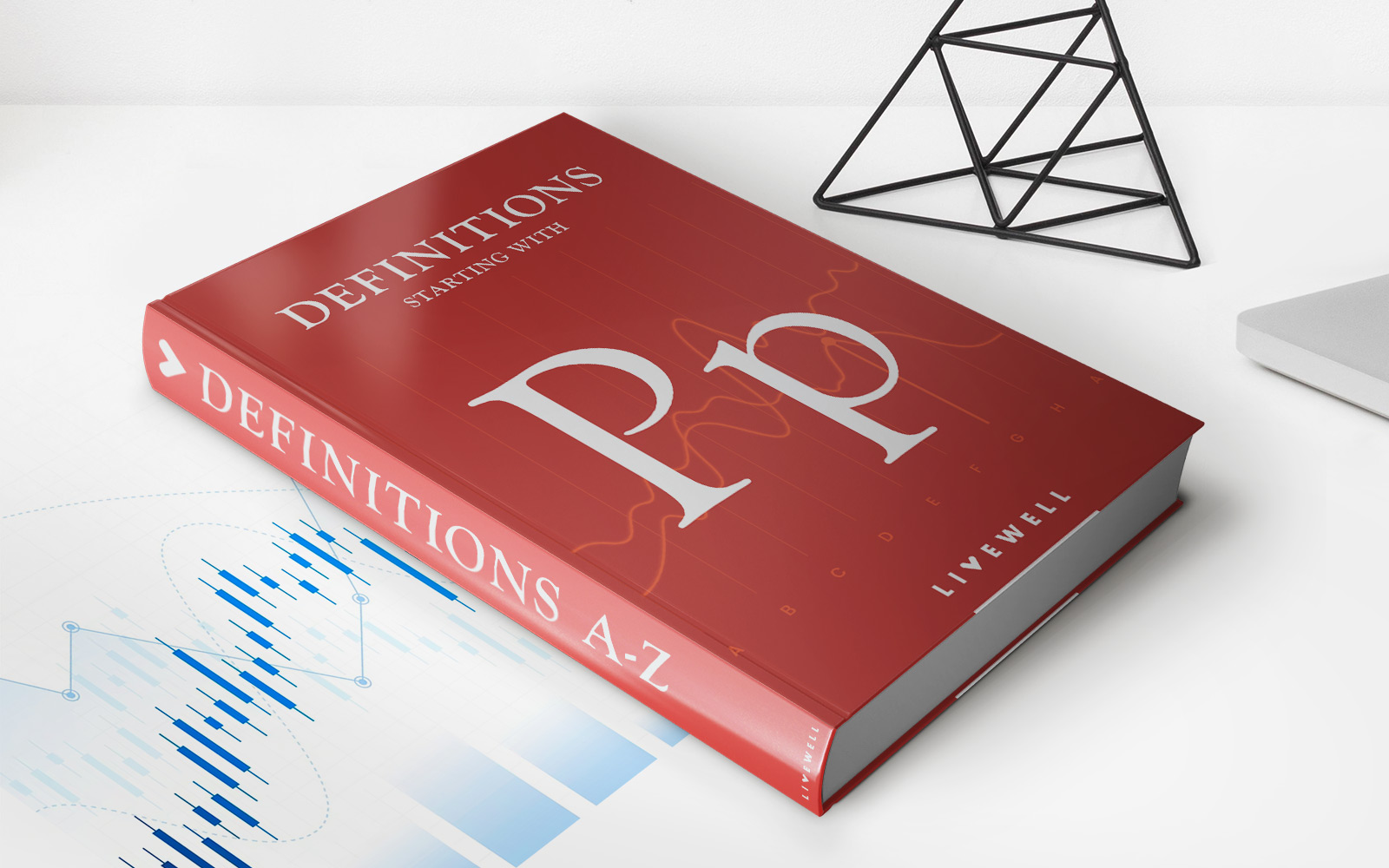

Finance
Plan Participant Definition
Modified: February 21, 2024
Discover the definition of a plan participant in the world of finance and how it impacts your financial decisions. Enhance your understanding of finance with this comprehensive guide.
(Many of the links in this article redirect to a specific reviewed product. Your purchase of these products through affiliate links helps to generate commission for LiveWell, at no extra cost. Learn more)
Understanding Plan Participant Definition in Finance
Gaining a firm grasp on the various terms and definitions in the world of finance is crucial for anyone looking to improve their financial literacy. One such term that often comes up when discussing retirement plans and employee benefits is “plan participant definition.” But what exactly does this term mean? In this blog post, we will dive into the details of plan participant definition and shed light on its significance in the realm of finance.
Key Takeaways:
- Plan participant definition determines who is eligible to participate in a retirement plan or employee benefit program.
- Plan participant definition helps employers comply with legal requirements and ensure fair distribution of benefits.
Now, let’s explore the concept of plan participant definition in more detail. In simple terms, plan participant definition is a set of criteria used to determine which employees are eligible to participate in a particular retirement plan or employee benefit program. This definition can vary from one plan to another, and it is established by the plan sponsor or employer.
There are several factors that employers typically consider when defining plan participants. These may include the following:
- Age: Some retirement plans have minimum age requirements for participation, typically 21 years or older.
- Length of Service: Employers may require a certain period of service, such as one year, before employees become eligible for participation.
- Job Classification: Certain plans may restrict participation to specific job titles or levels within an organization.
- Compensation: Income thresholds may be set to determine eligibility, ensuring that employees at every income level can participate.
The plan participant definition serves several important purposes:
- Legal Compliance: Employers must follow legal guidelines when establishing plan participant definitions to ensure they do not discriminate against certain employees based on age, gender, race, or other protected characteristics.
- Equitable Distribution of Benefits: Defining plan participants helps employers maintain fairness and consistency in distributing retirement benefits and employee perks within their organization.
- Administrative Efficiency: Having a clear plan participant definition streamlines the administration of retirement plans and employee benefit programs, making it easier for employers to manage enrollments, contributions, and distributions.
It is important for employers to regularly review and update their plan participant definitions to ensure they align with current regulations and the needs of their workforce. Failure to do so can result in legal complications and disgruntled employees who may feel unfairly excluded from valuable benefits.
In conclusion, understanding plan participant definition is crucial for both employees and employers. It determines who is eligible to participate in retirement plans and employee benefit programs and helps ensure fair distribution of benefits while complying with legal requirements. By having a clear plan participant definition, employers can effectively manage their retirement plans and provide valuable benefits to their workforce.

